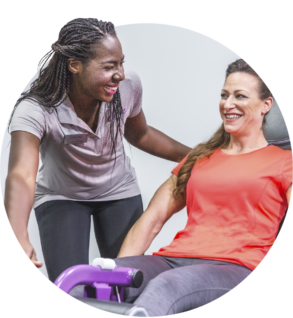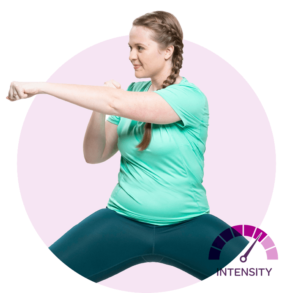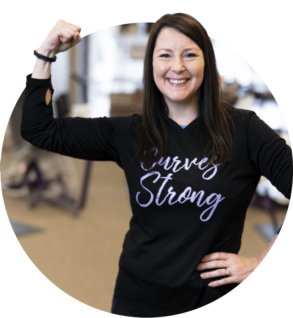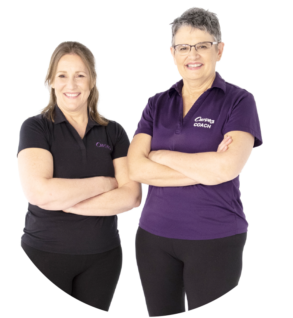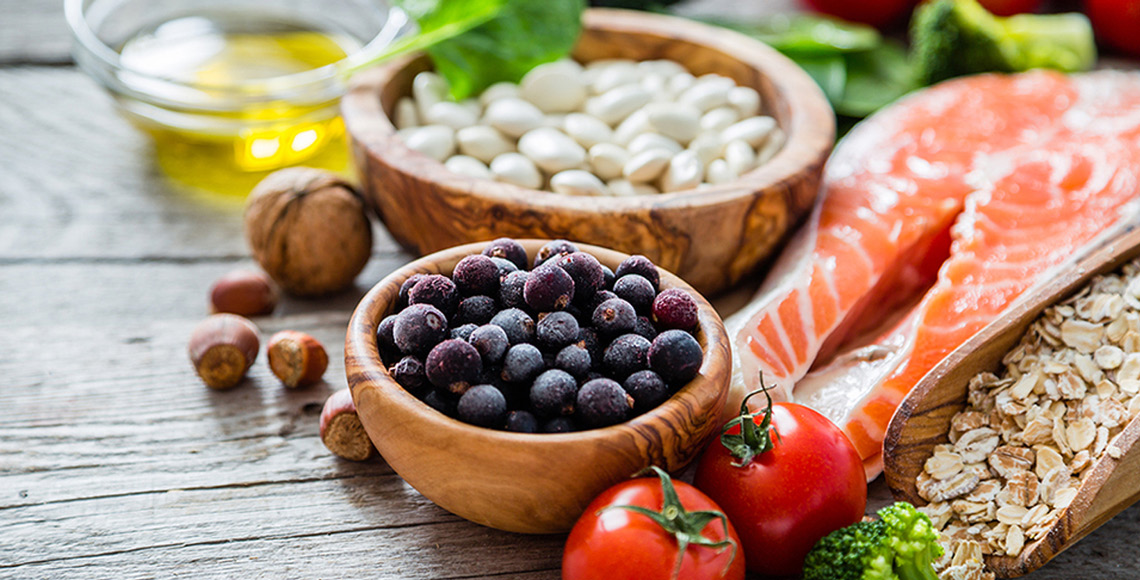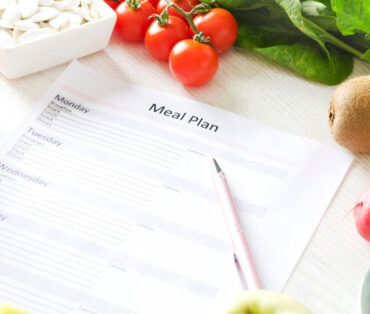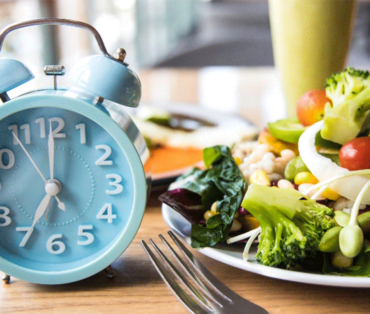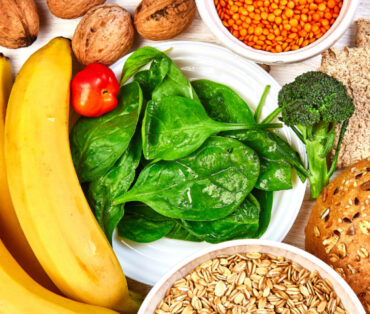Fuel Your Fitness: Nutritious Pre and Post Workout Meals
To get the most from a strength training workout like the Curves Circuit, your body needs the right fuel. Not only do healthful foods give you the energy you need to get through your full-body workout, they help build muscle and burn fat once exercise is complete. Here are some of the best foods for keeping your body in its best possible shape:
Pack in the protein
In order to build and strengthen your muscles, you need to eat foods rich in protein as part of a healthy diet plan. How much? To find your daily protein needs, take your weight in pounds and multiply it by 0.36. For example, if you weigh 140 pounds, you should eat 50.4 grams of protein per day. Some of the best sources of protein include a quality protein shake, poultry, fatty fish such as wild salmon, peanut butter, turkey breast, lentils, and edamame.
Opt for fatty fish
Not only do cold water fish such as salmon, mackerel, and tuna provide protein, they also serve up beneficial omega-3 fatty acids. Omega-3 fatty acids can help lower pain and swelling in joints following an intense gym workout Try to eat oily fish at least twice a week. Not a fish eater? Consider taking a fish oil supplement. In a 2015 study done in Thailand, people who took 1,000 to 2,000 milligrams of fish oil once a day for eight weeks saw improvements in knee function and pain.
Chow down on calcium-rich cuisine
Strong bones are an important base for strength training. One of the best things you can do to keep your bones sturdy for your whole body workout and prevent osteoporosis is eat foods high in calcium. Per the National Institutes of Health, the recommended daily intake for calcium is 1,000 milligrams for both men and women ages 19-50, 1,000 milligrams for men and 1,200 milligrams for women ages 51-70, and 1,200 milligrams a day for both men and women ages 71 and older. Some of the best sources of calcium: broccoli, kale, figs, salmon, yogurt, and milk. For extra insurance, consider taking calcium supplements.
Fill up on fruits and veggies
Your mom was right; the more fruits and vegetables you can pack into your diet in place of less healthful foods, the healthier—and stronger—you will be. The USDA Dietary Guidelines recommend you fill half your plate with fruits and vegetables at each meal. Half your snacks should consist of fruits and vegetables, too. To get a healthful mix, eat a rainbow of different colors and textures to maximize variety.
Snack smart
When you’re on the go, it’s easy to grab salt, sugar, and fat-laden snacks such as potato chips, pretzels, and sugary energy bars. But although these foods may give you a boost in the short-term, they can later cause you to crash. Instead, choose snacks that serve up protein and fiber with very little sugar. Try apples with nuts, string cheese with carrots, or plain yogurt with berries. In terms of portion size, snacks should be big enough to sustain you without filling you up.
Hydrate your muscles
Drinking enough water is an important part of a healthy diet plan for keeping your muscles hydrated and maximizing your full body workout. Water also helps carry nutrients and oxygen to your cells, aids in digestion, and cushions your joints. Aim for 91 to 125 fluid ounces of water per day. If you have any health conditions,** talk to your health care professional about your individual water intake needs. Need some flavor in your beverages? Add a few slices of lemon, orange, lime, or another fruit for a flavor infusion.
Cool down with carbs
Following a strenuous gym workout like the Curves Circuit, eating carbohydrates within 30 minutes can help your muscles recover. Water-filled carbs such as fresh fruit or a smoothie are good options post-workout.
Make your portions fit
When you’re eating for maximum strength, health, and weight control, the amount you eat is as important as what’s on your plate. Keep the following easy hand measurements in mind: For each meal, use the size of your fist to measure carbs, your thumb for fats, and your palm for proteins. Allow yourself unlimited vegetables and berries as part of a healthy eating plan, unless you have dietary restrictions or allergies.
Time your meals
Contrary to what some may say, it’s never wise to work out on an empty stomach. Whether you are strength training, running, or going for a leisurely stroll, for its best workout, your body needs fuel. However, you also don’t want to hit the Circuit when your stomach is too full; your body will try to digest food at the same time your muscles are working hard, which can compromise performance and make you feel ill. Eat larger meals three to four hours pre-gym. Also, don’t forget to drink water before you work out.
Now that you’ve gotten some tips on a healthy diet plan for strength, you may realize that the advice mirrors that for good health overall. With these tips in mind, experiment with the foods and meal and snack timing that helps your body get its best workout.
**The information contained above is presented in summary form only and intended to provide broad consumer understanding and knowledge of various healthcare topics. It should not be used in place of a visit, call, consultation or advice of your doctor or other healthcare provider. You should discuss any dietary changes or supplement usage with your doctor, and should not discontinue any prescription medications without first consulting your doctor.

